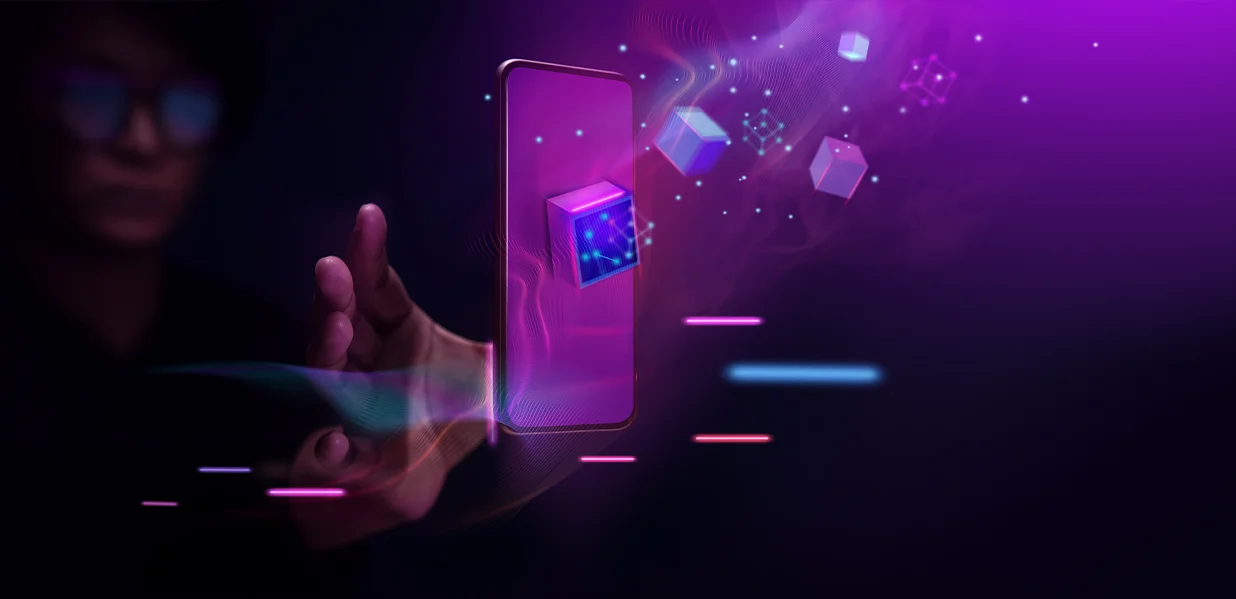AI Innovation in Education: The Future of Learning in a rapidly evolving world, education must adapt or risk obsolescence. AI innovation in education is the catalyst for that evolution, propelling traditional classrooms into dynamic, personalized learning ecosystems. As artificial intelligence permeates curricula, assessment, and administration, students and educators alike stand to benefit from unprecedented efficiency, insight, and engagement. This comprehensive exploration delves into how AI is revolutionizing pedagogy, democratizing knowledge, and fostering the next generation of lifelong learners.

1. Personalized Learning Pathways
No two learners are identical. Each has distinct strengths, pacing preferences, and passions. AI’s capacity to analyze vast datasets enables truly individualized learning journeys.
Short bursts of content. Deep, immersive modules.
Machine learning algorithms assess a student’s performance in real time, adjusting difficulty, recommending resources, and even altering teaching styles. A learner struggling with algebraic expressions receives targeted micro-lessons; another who excels is offered accelerated challenges. Over time, AI constructs a nuanced learner profile, predicting both hurdles and opportunities. This isn’t one-size-fits-all; it’s bespoke education powered by AI innovation in education.
2. Intelligent Tutoring Systems
Human tutors can’t be everywhere at once—but AI-powered tutors can. These digital mentors support learners 24/7, offering instant feedback, hints, and encouragement.
Interactive dialogues mimic Socratic questioning. Adaptive hints scaffold complex concepts.
From language acquisition bots that refine pronunciation to math tutors guiding equation-solving, intelligent tutoring systems (ITS) leverage natural language processing and decision trees. They detect misconception patterns and deploy targeted interventions. By relieving teachers of routine queries, ITS frees educators to focus on higher-order facilitation, igniting curiosity and critical thinking.
3. Automating Administrative Tasks
Behind every classroom lies a mountain of paperwork: grading, attendance, scheduling, reporting. AI-driven automation can conquer this administrative talus in a fraction of the time.
- Automated grading of multiple-choice and short-answer questions
- Natural language processing to assess essays and written assignments
- AI scheduling assistants that optimize room usage and class timetables
By eliminating these drudgeries, AI grants educators more bandwidth for mentorship and curriculum design—core pillars of effective instruction.
4. Enhancing Engagement Through Gamification
Motivation waxes and wanes. Gamification rekindles the flame, and AI elevates this spark into a sustained inferno of engagement.
Dynamic game-based modules adapt difficulty in real time. Leaderboards and badges personalize recognition. Simulation-driven labs let students experiment risk-free.
AI innovation in education designs these gamified experiences to align with educational objectives. By analyzing gameplay data, AI fine-tunes challenges to maintain the elusive “flow” state—where skills and challenges are in perfect balance, maximizing learning retention.
5. Virtual Reality (VR) and Augmented Reality (AR) Integration
AI augments immersive technologies, creating hyper-realistic simulations where theory meets practice.
Imagine exploring ancient Rome in VR, guided by an AI historian who contextualizes each piazza. In chemistry, AR overlays molecular structures onto real-world lab equipment, enabling intricate visualization.
This fusion of AI with VR/AR dismantles geographical and resource barriers. Students anywhere can access cutting-edge labs, historical reconstructions, and collaborative virtual classrooms—ushering in a truly global educational frontier.
6. Predictive Analytics for Student Success
Data-driven insights can preempt academic derailment. AI harnesses predictive analytics to identify at-risk students before they falter.
Machine learning models ingest attendance records, assignment scores, and engagement metrics. Early warning systems alert educators to intervene—be it through tutoring, counseling, or parental outreach.
By fostering proactive support networks, AI transforms educational institutions from reactive to preventive, amplifying student success and retention rates.
7. Intelligent Content Creation
Crafting high-quality educational materials is time-intensive. AI is stepping in as co-author, generating quizzes, lesson plans, and multimedia content.
- Natural Language Generation (NLG) composes reading passages and comprehension questions.
- Automated video scripts and slideshows spring to life from curricular outlines.
- AI-curated resource libraries ensure that materials stay current, integrating the latest developments across disciplines.
This not only accelerates content development but also tailors materials to classroom needs, reinforcing the promise of AI innovation in education.
8. Multilingual Learning Environments
In an interconnected world, language barriers stifle knowledge exchange. AI-driven translation and transcription services facilitate seamless multilingual classrooms.
Real-time speech-to-text and text-to-speech pipelines enable students to access lectures in their native tongues. Language-learning platforms employ AI to adapt pronunciation and grammar drills to individual proficiency levels.
By democratizing access to instruction regardless of linguistic background, AI fosters inclusivity and global collaboration.
9. Ethical Considerations and AI Literacy
With great power comes great responsibility. Integrating AI into education demands ethical foresight and digital literacy.
- Data Privacy: Secure handling of student records and compliance with regulations.
- Algorithmic Fairness: Auditing AI models to prevent bias in grading or recommendations.
- Digital Citizenship: Teaching students to critically evaluate AI outputs and understand their societal impact.
Empowering learners to become informed participants in an AI-driven world is a vital component of modern curricula—a meta-lesson in responsible innovation.
10. The Future Classroom: A Symbiotic Partnership
The classroom of tomorrow is not a replacement of human educators with machines. Rather, it’s a harmonious symbiosis.
Educators guide, motivate, and provide socio-emotional support. AI handles personalization, analytics, and automation. Together, they cultivate environments where curiosity blossoms, critical thinking thrives, and every learner achieves their potential.
In this evolving landscape, AI innovation in education is not an end but a means—a tool to unlock the boundless potential within each student and to redefine what’s possible in the pursuit of knowledge.
AI is the linchpin of an educational renaissance. Its infusion into pedagogy promises to democratize access, deepen engagement, and amplify outcomes across borders. As AI innovation in education continues to accelerate, stakeholders must embrace its possibilities while remaining vigilant about ethics and equity. By doing so, we can ensure that the future of learning is not only technologically advanced but also human-centric, nurturing the innovators, thinkers, and leaders of tomorrow.









